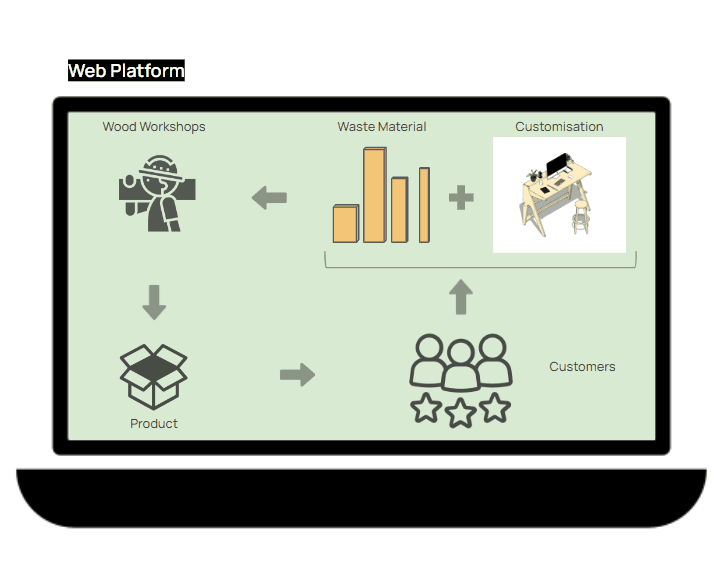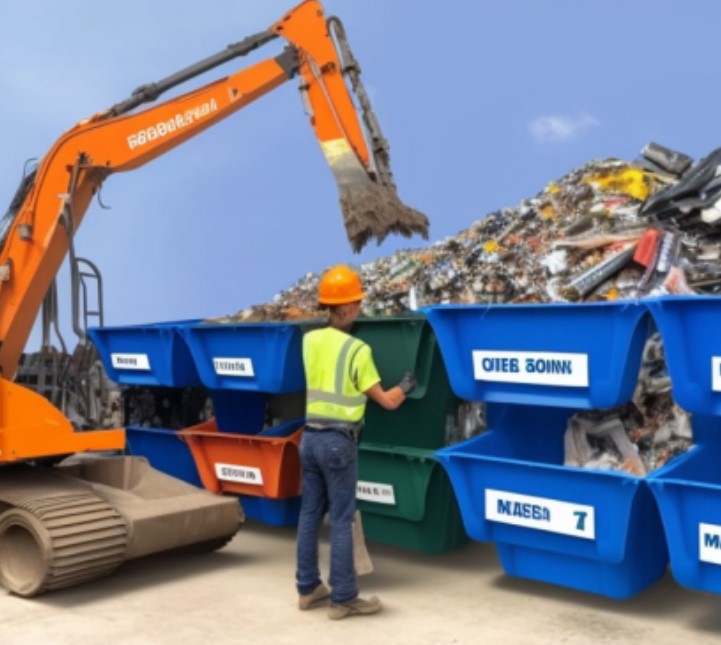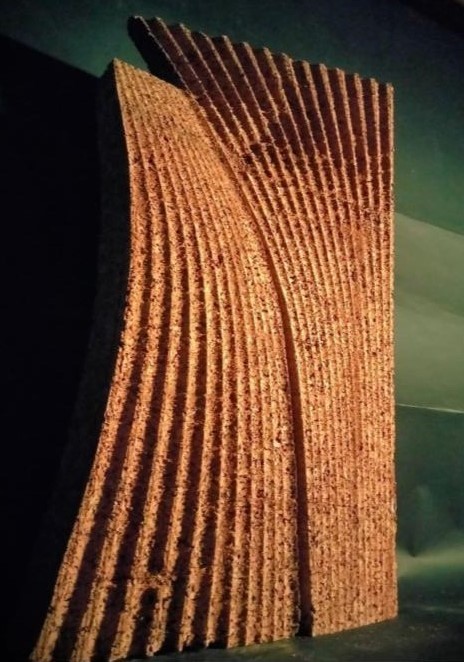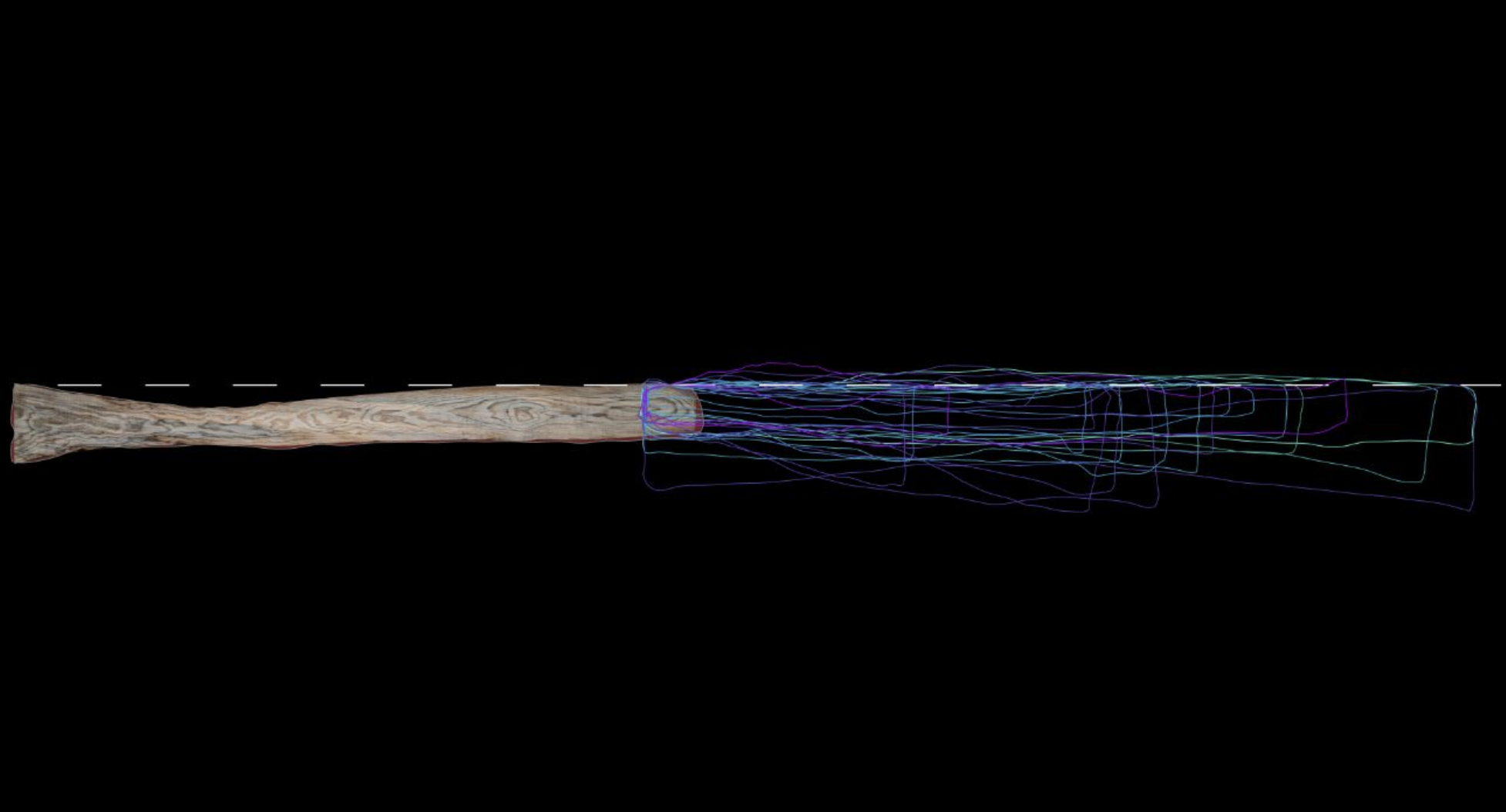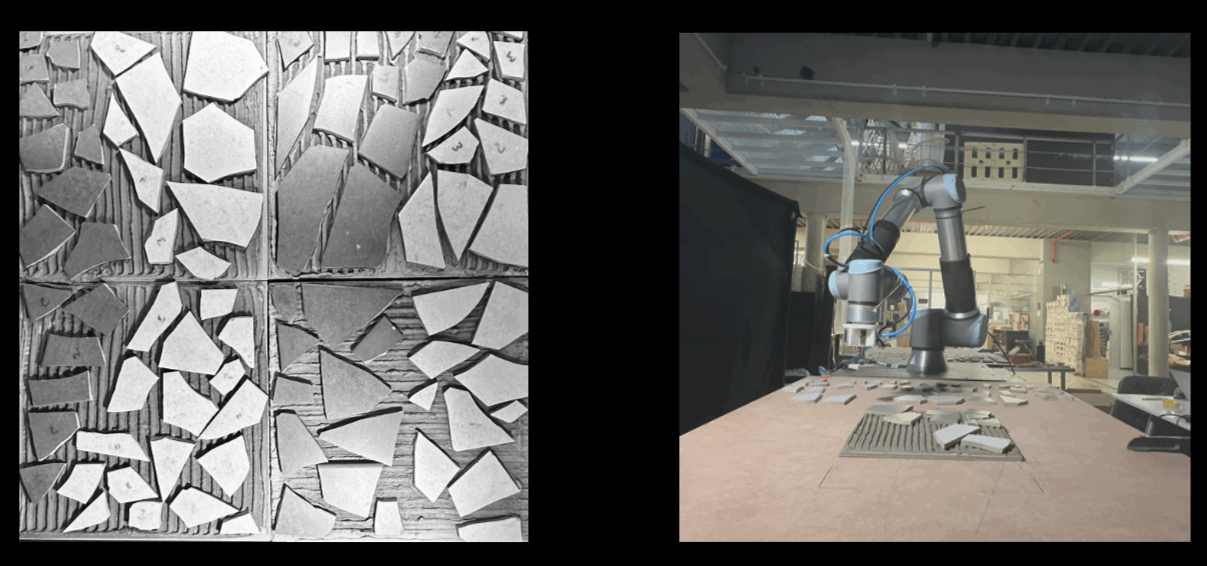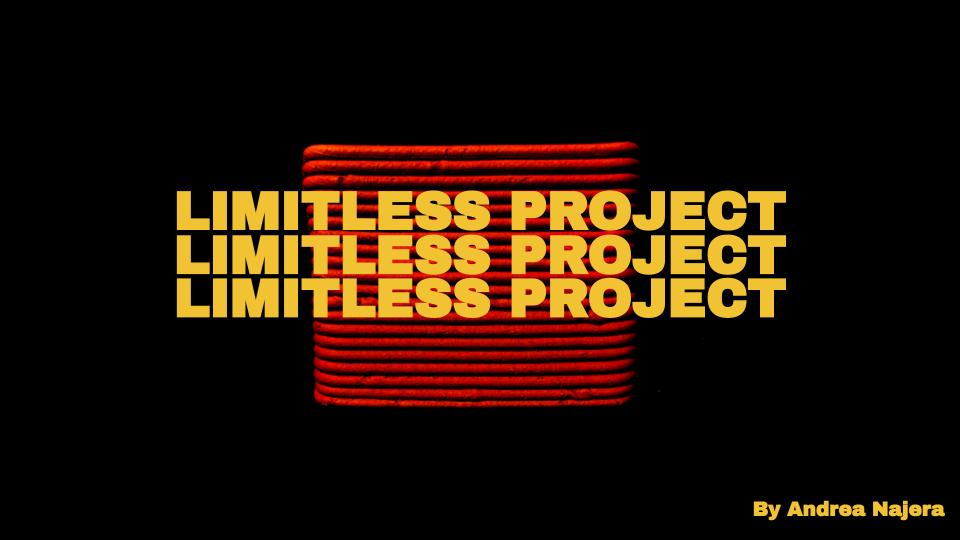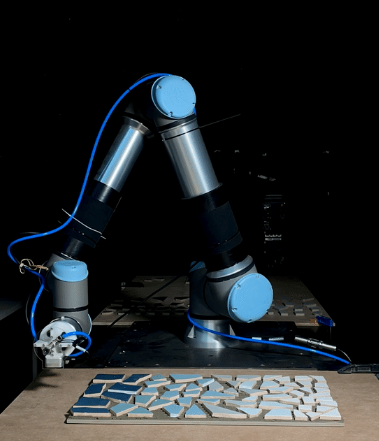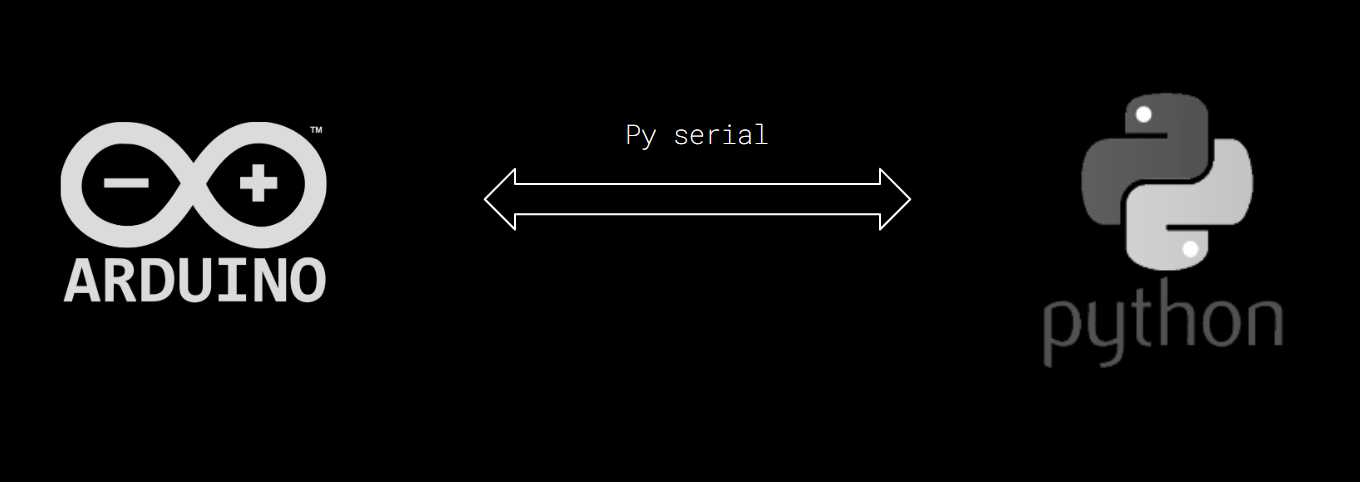Dif-Used House
Discrete Assemblies with Gilles Retsin Introduction How can primordial components be aggregated to form complex structures, that are at once easy to assemble and comfortable to live in? This was the question that defined our workshop with instructor Gilles Retsin. During the workshop, Gilles introduced us to his system of assembling buildings from discrete components. … Read more



